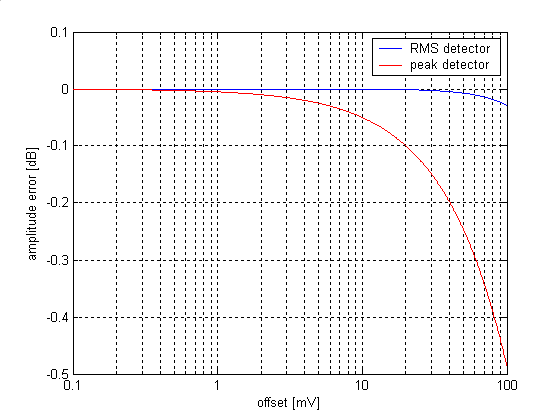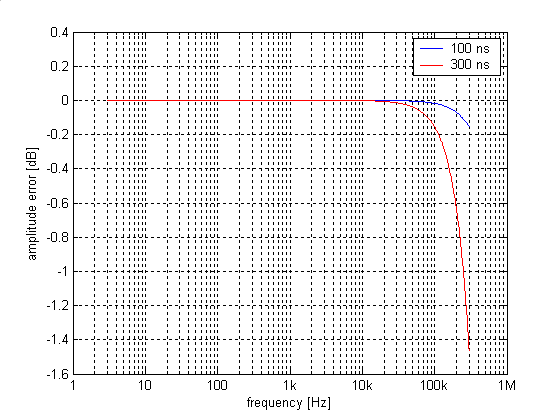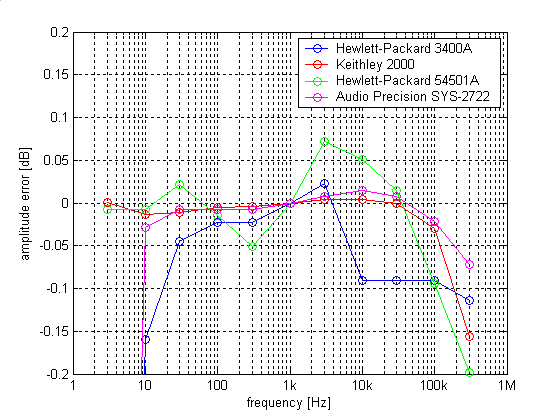Thanks.. yes yellow was an easy guess looking at the frequency response of the noise floor.
Amplitude stability vs. frequency will be a harder test.. amplitude stability vs time will be temperature stability as much as noise (my guess).
I am leaning toward investigating the sample and hold approach for the control loop... but perhaps add some non-linear filtering after the S&H
1- grab peak amplitude for 1/2 cycle
2- latch that into a hold.
3- filter that held voltage with long time constant
4- speed up path if control voltage delta is more than X amount for faster settling.
Seems simpler and lower noise than trig identity with multipliers.
JR
PS; For $100 you can surely roll your own low noise multipliers.
Amplitude stability vs. frequency will be a harder test.. amplitude stability vs time will be temperature stability as much as noise (my guess).
I am leaning toward investigating the sample and hold approach for the control loop... but perhaps add some non-linear filtering after the S&H
1- grab peak amplitude for 1/2 cycle
2- latch that into a hold.
3- filter that held voltage with long time constant
4- speed up path if control voltage delta is more than X amount for faster settling.
Seems simpler and lower noise than trig identity with multipliers.
JR
PS; For $100 you can surely roll your own low noise multipliers.






